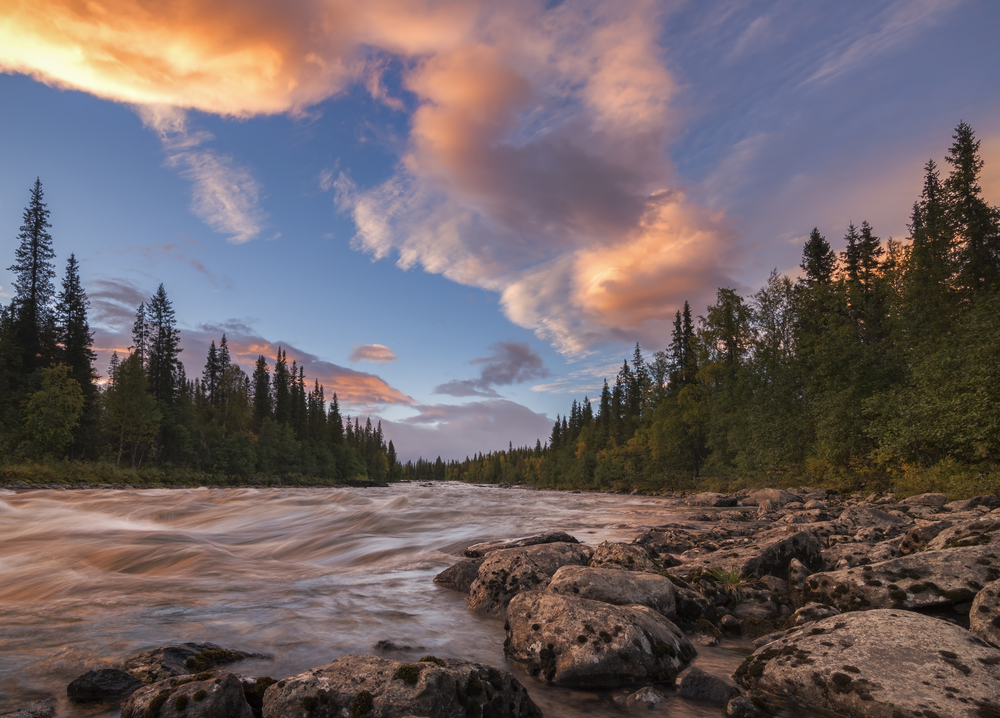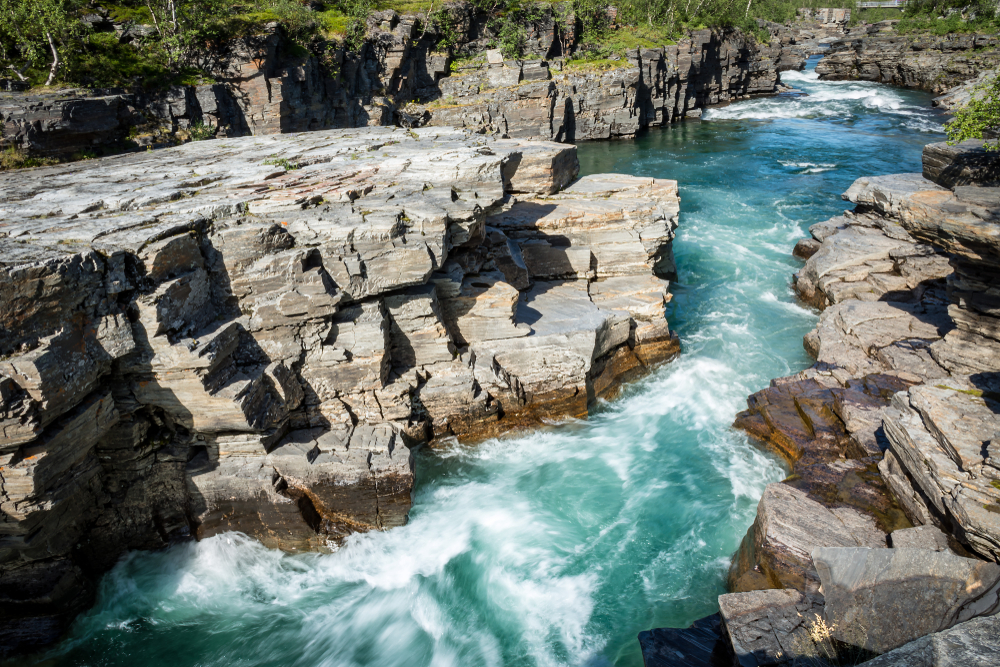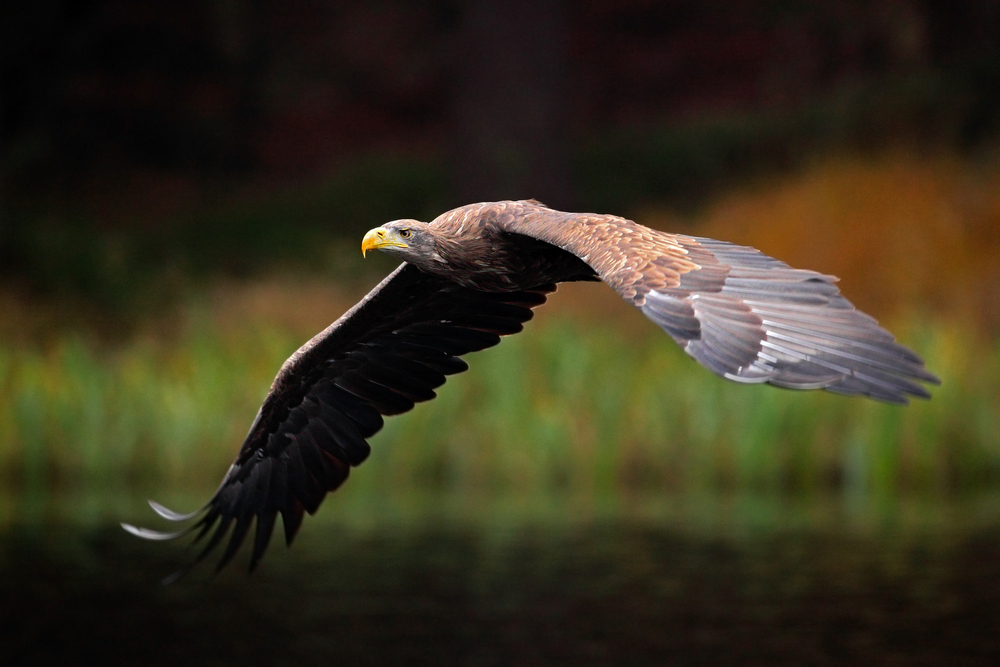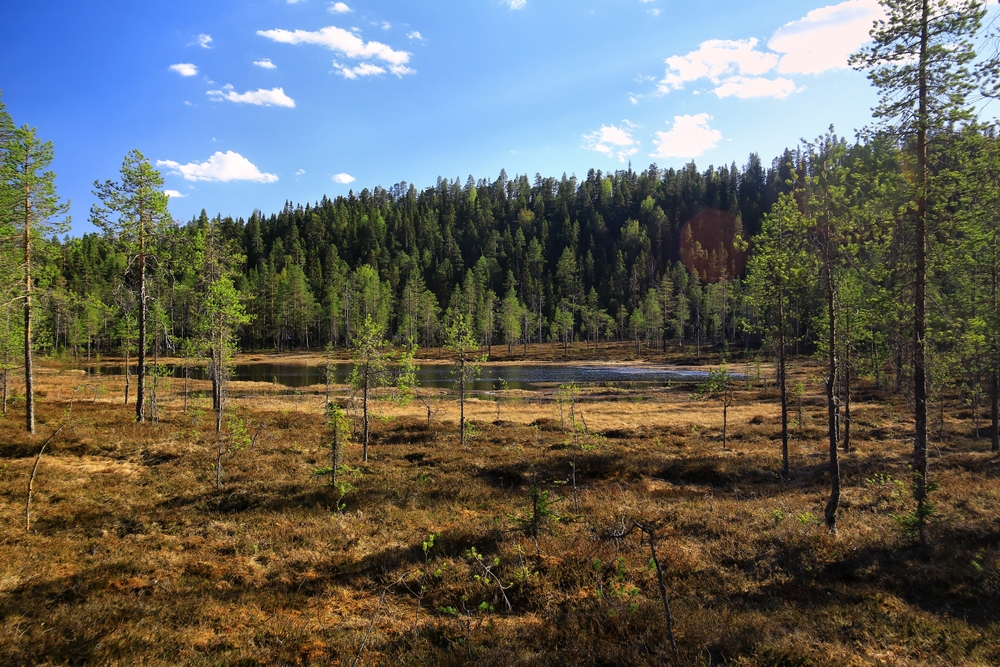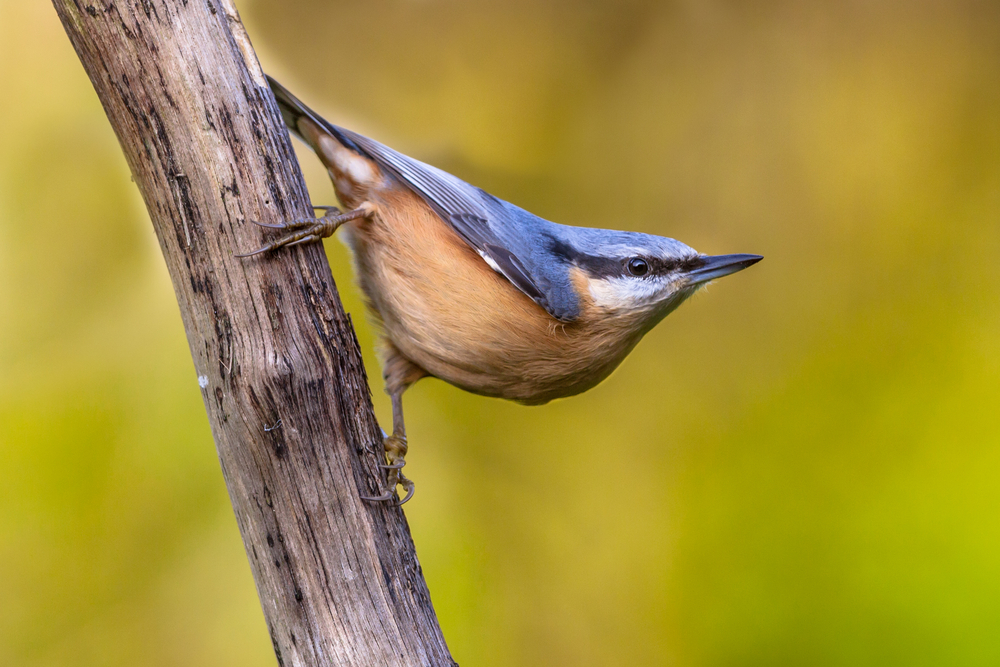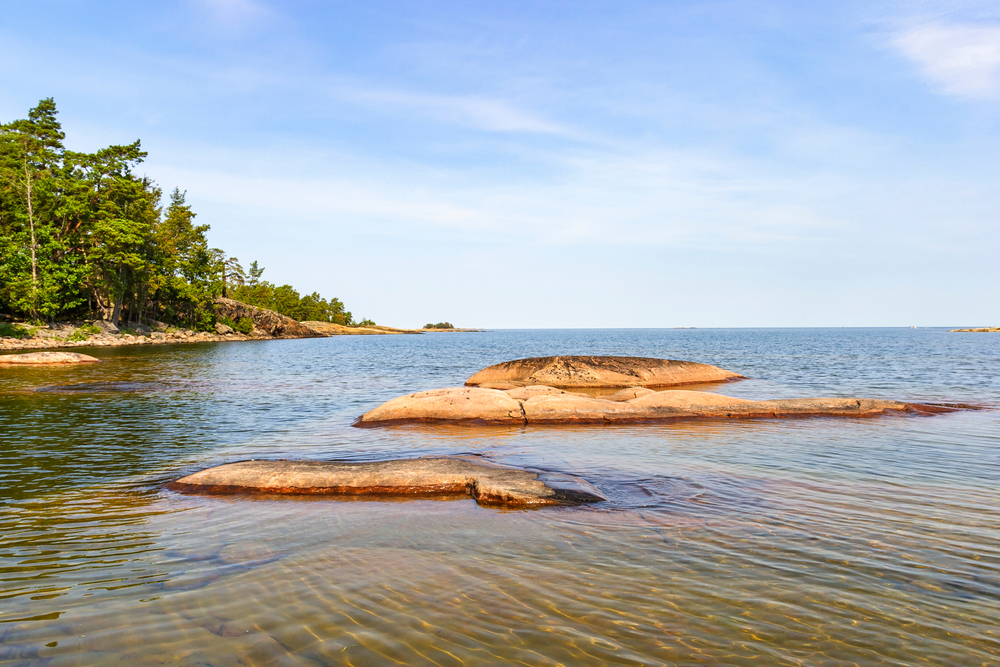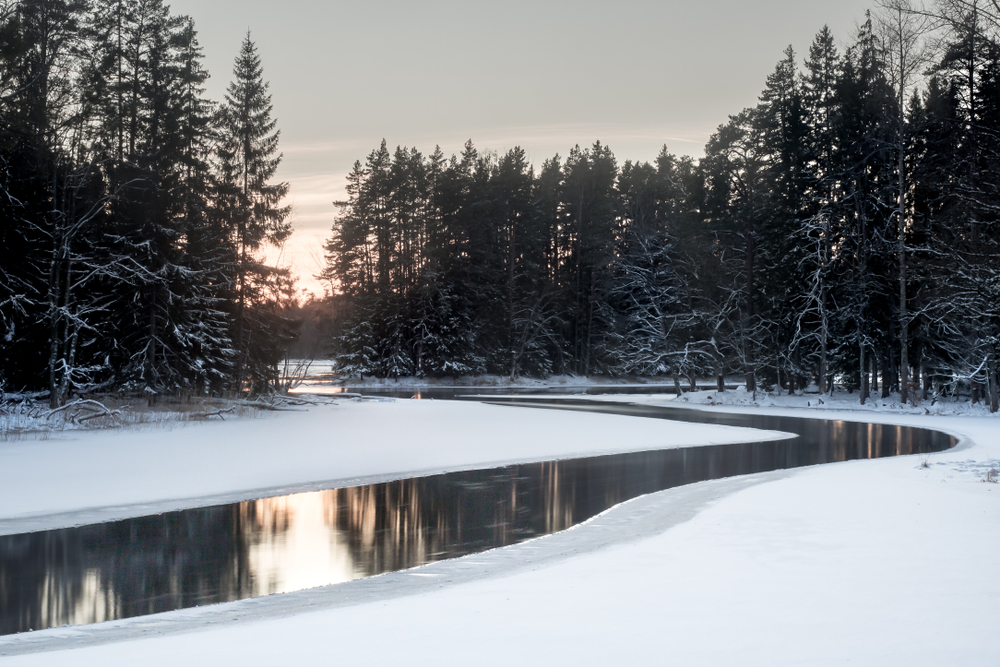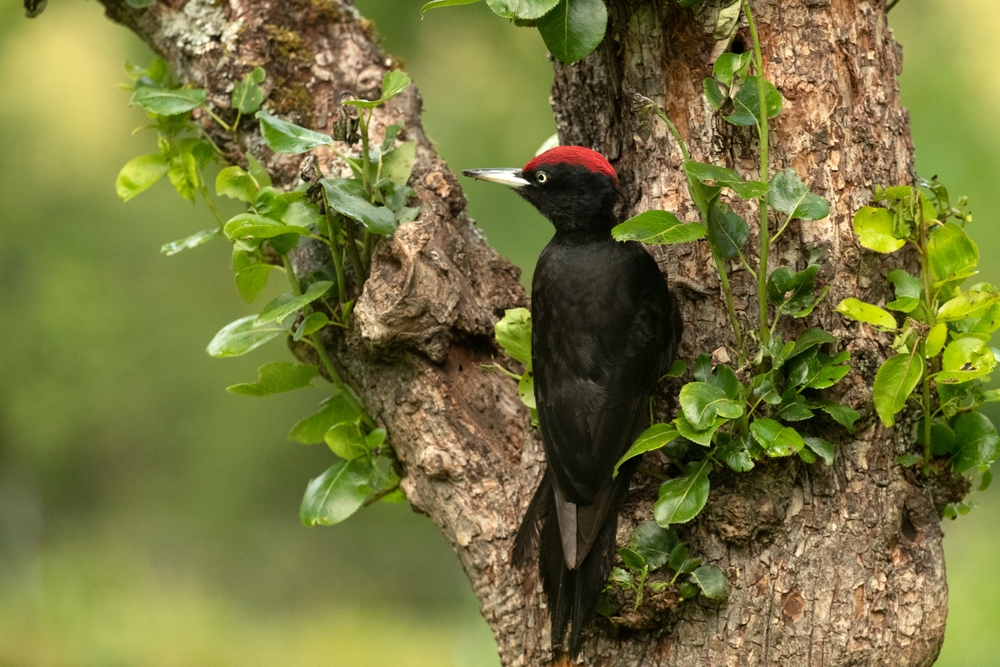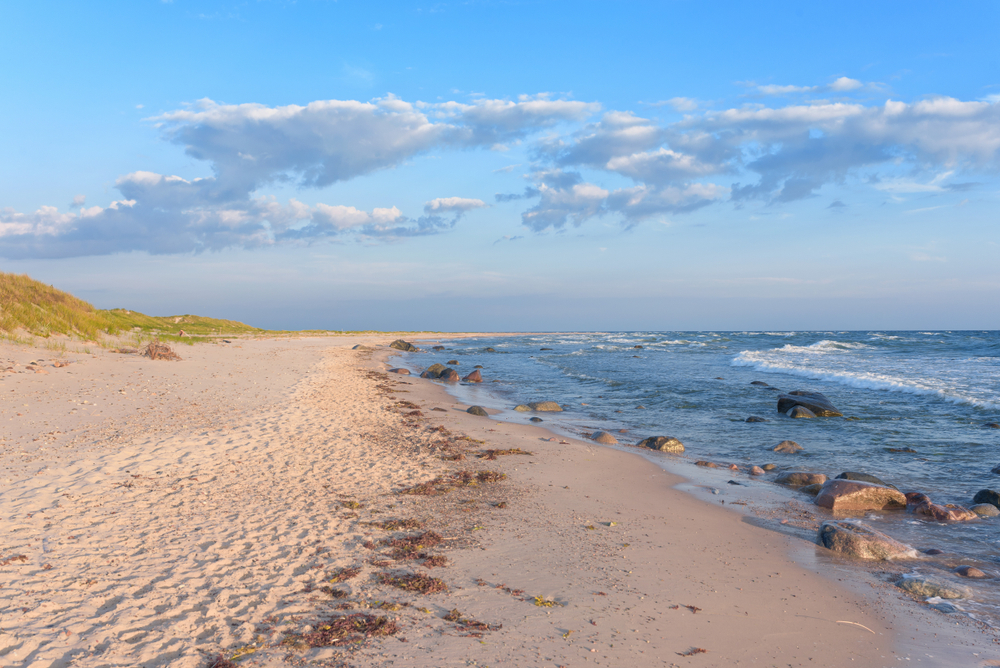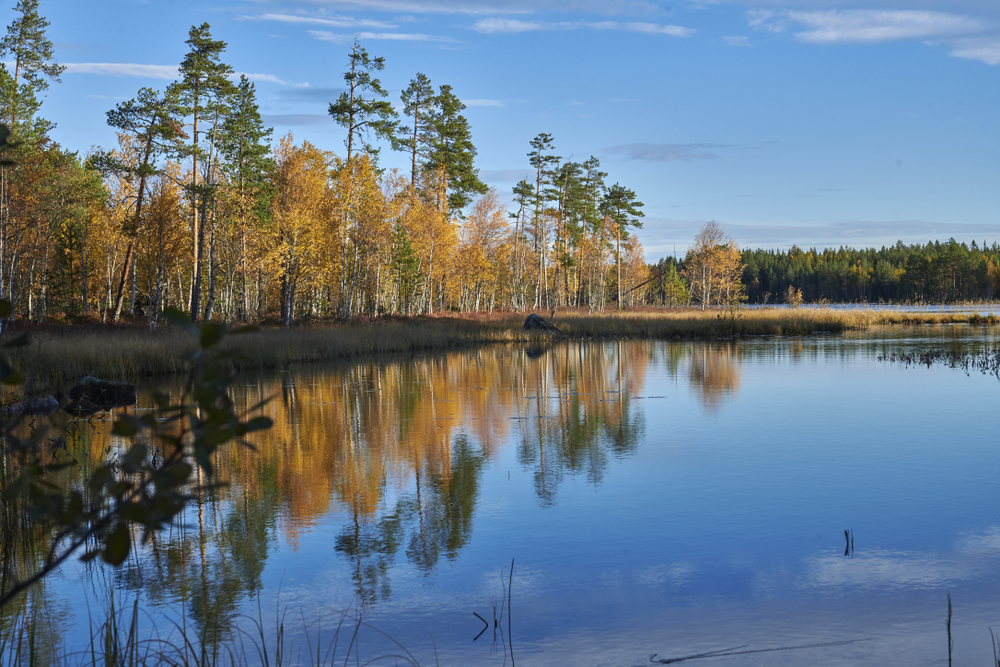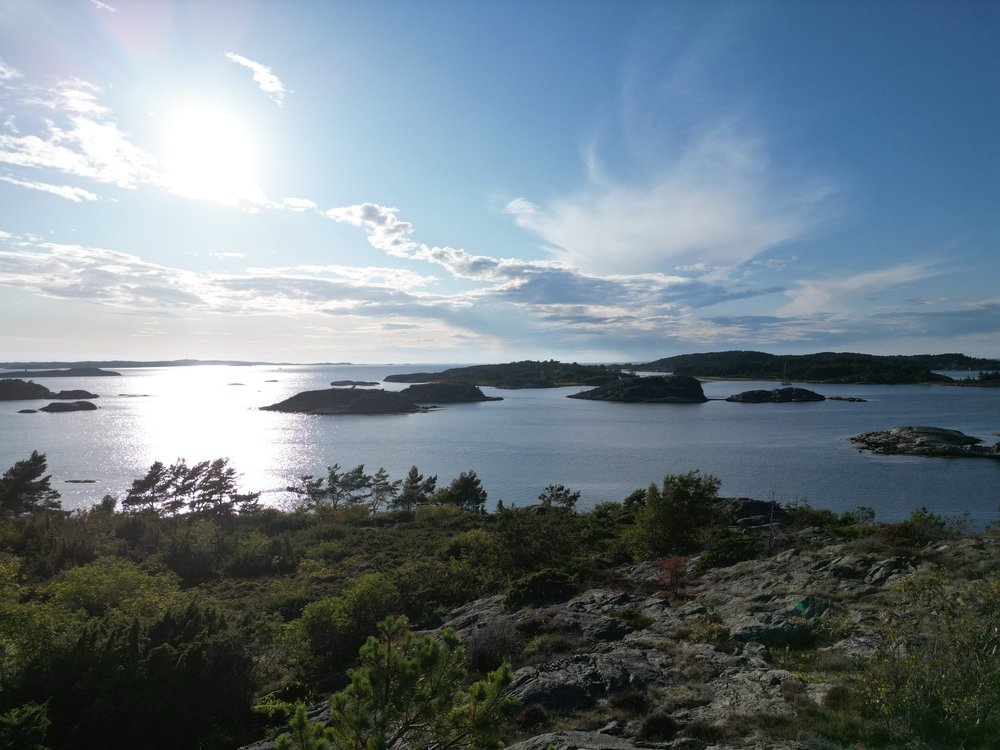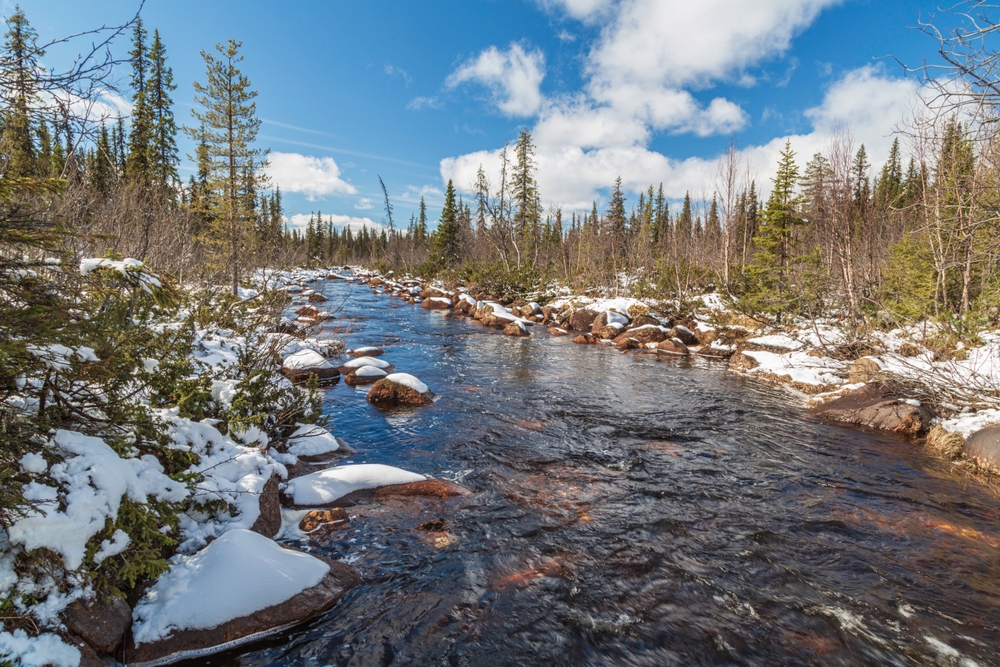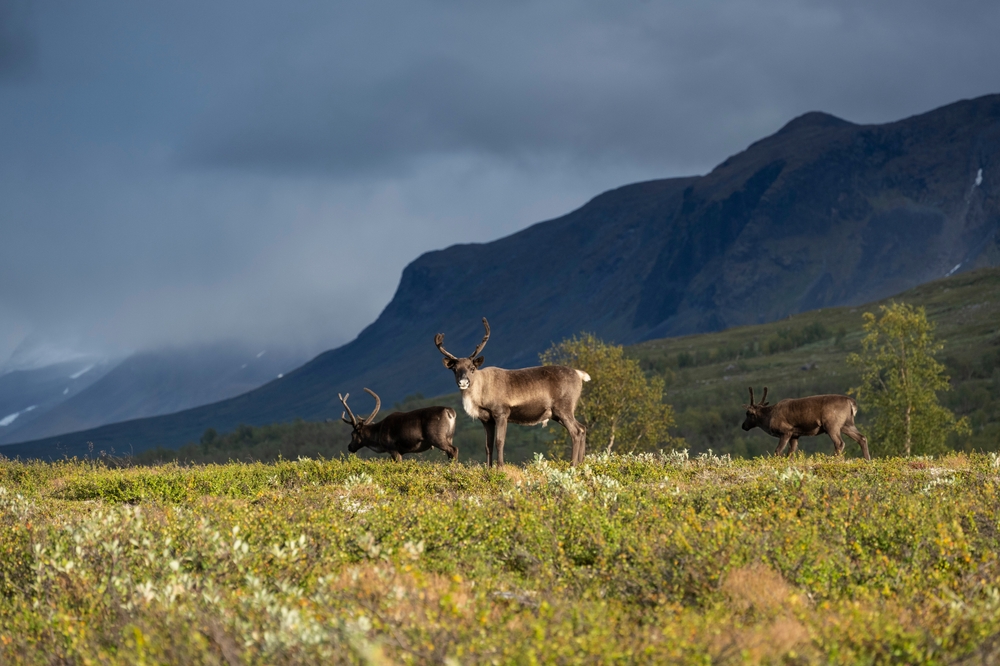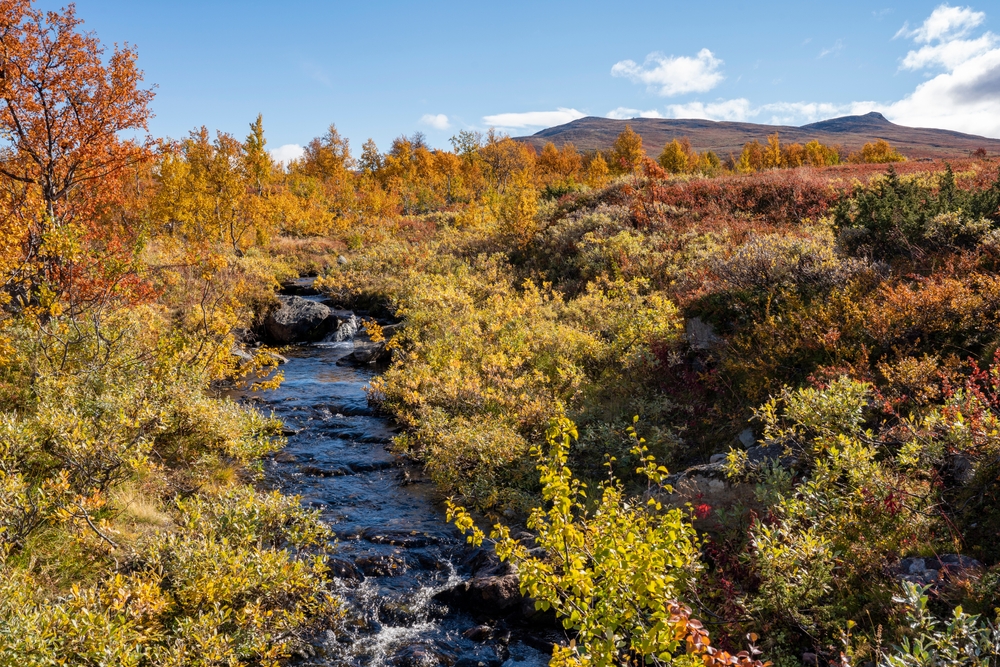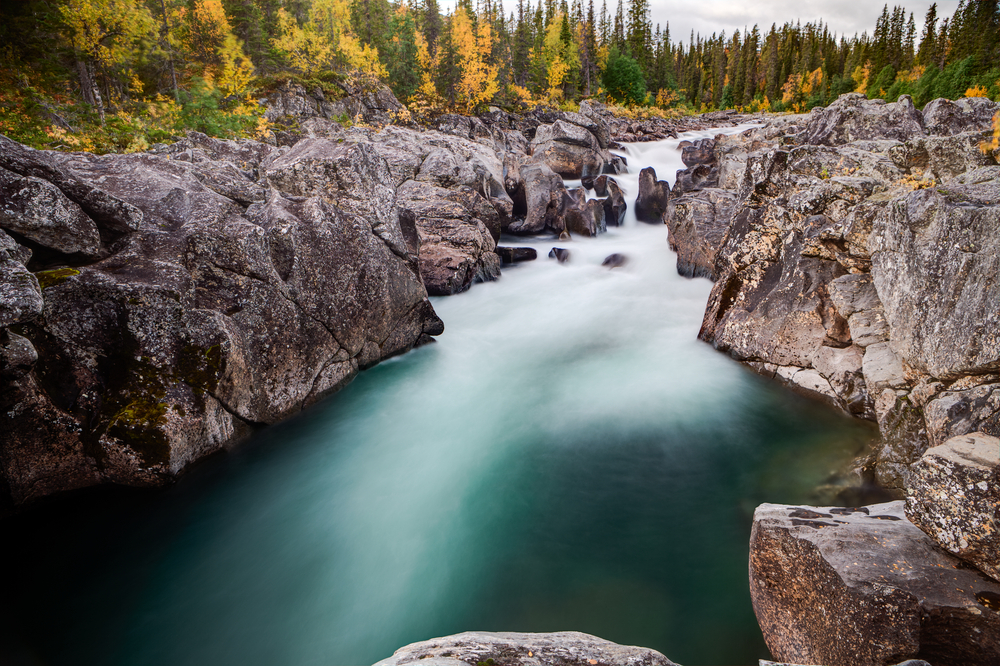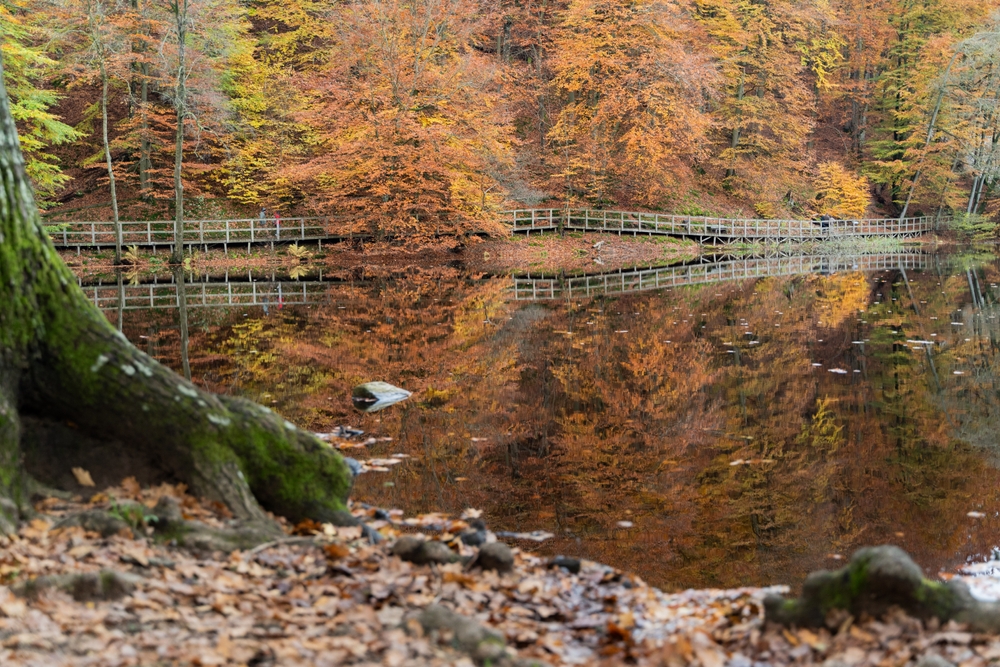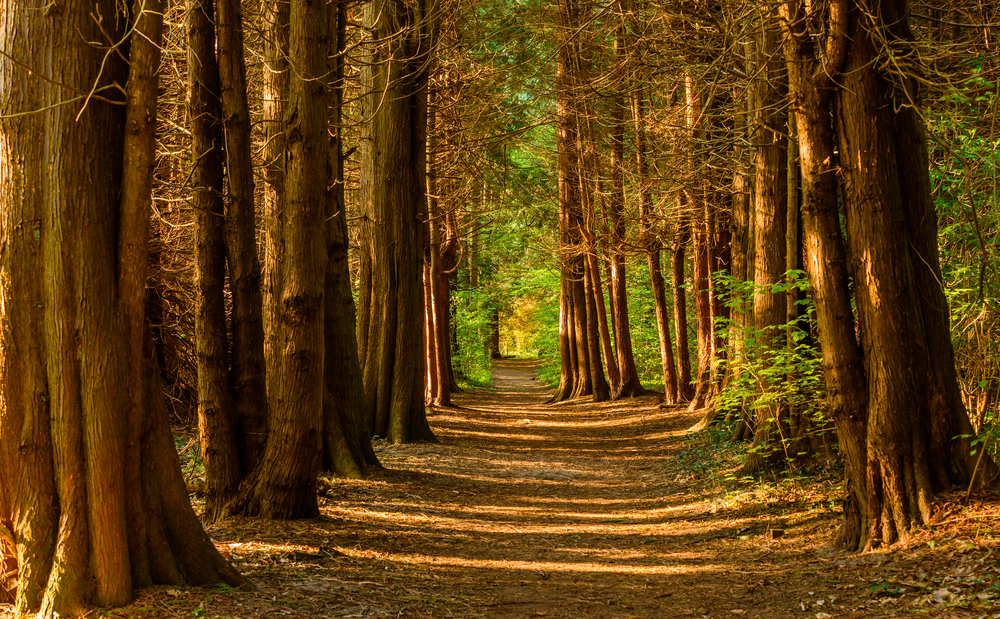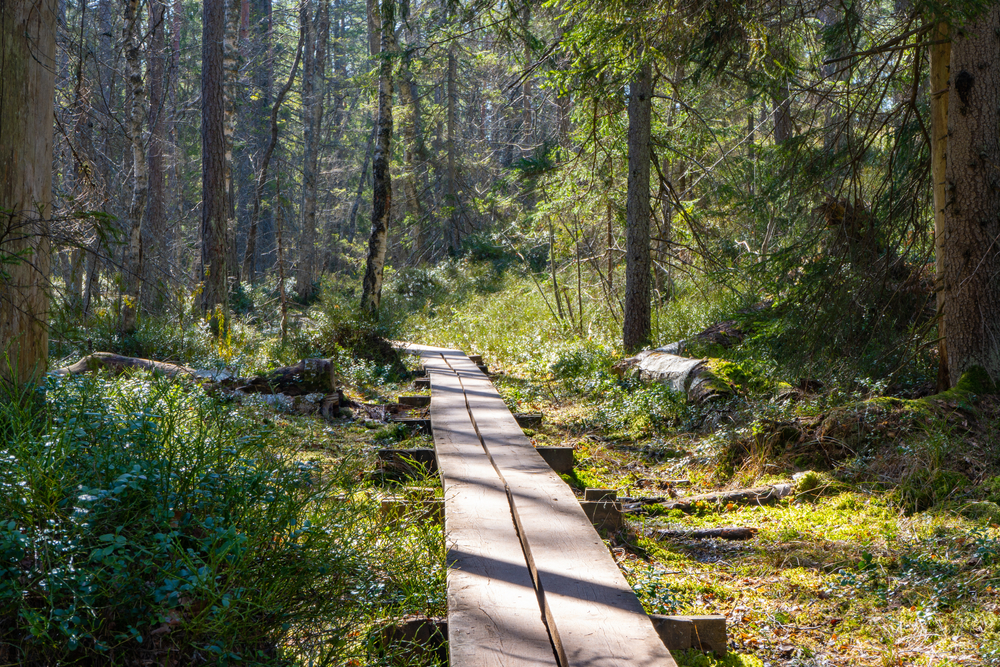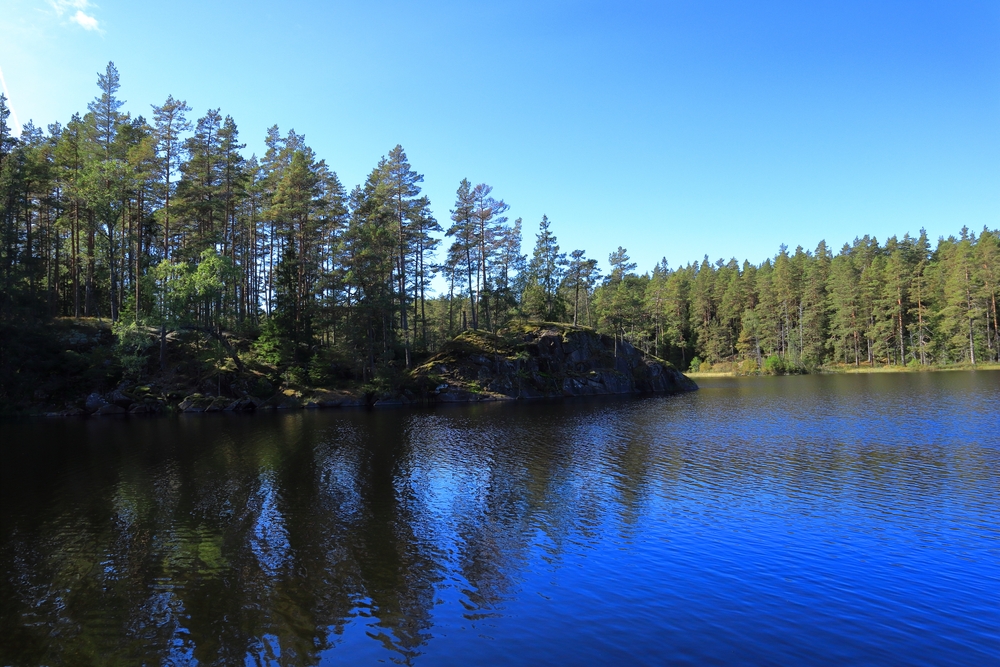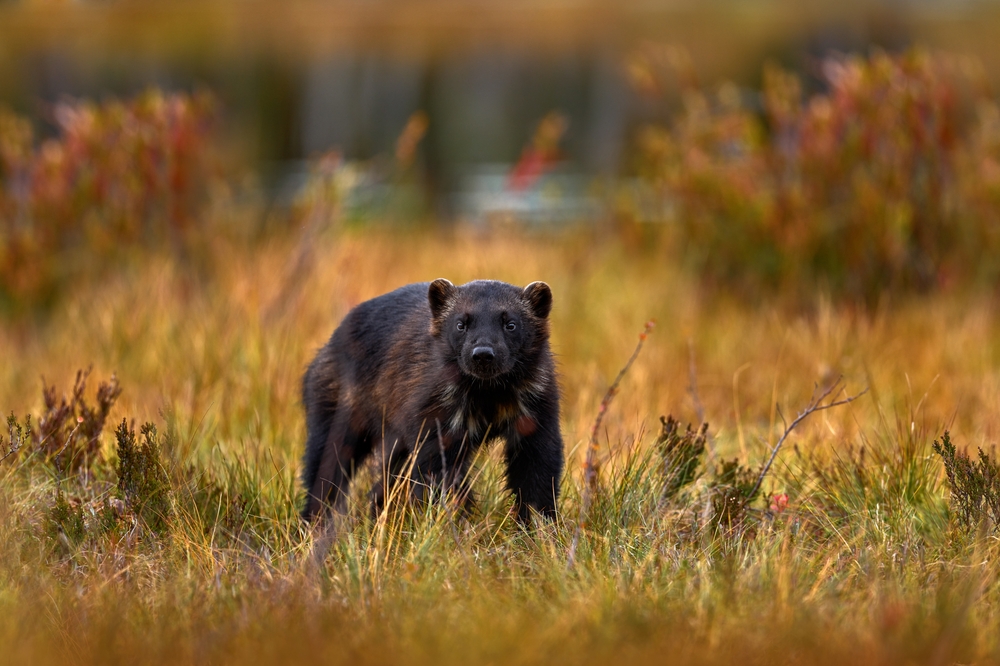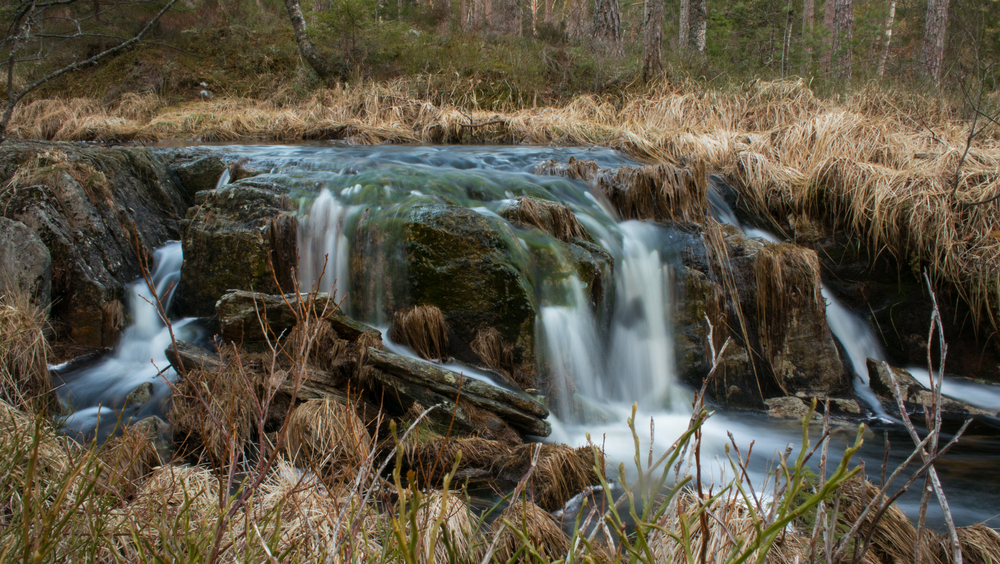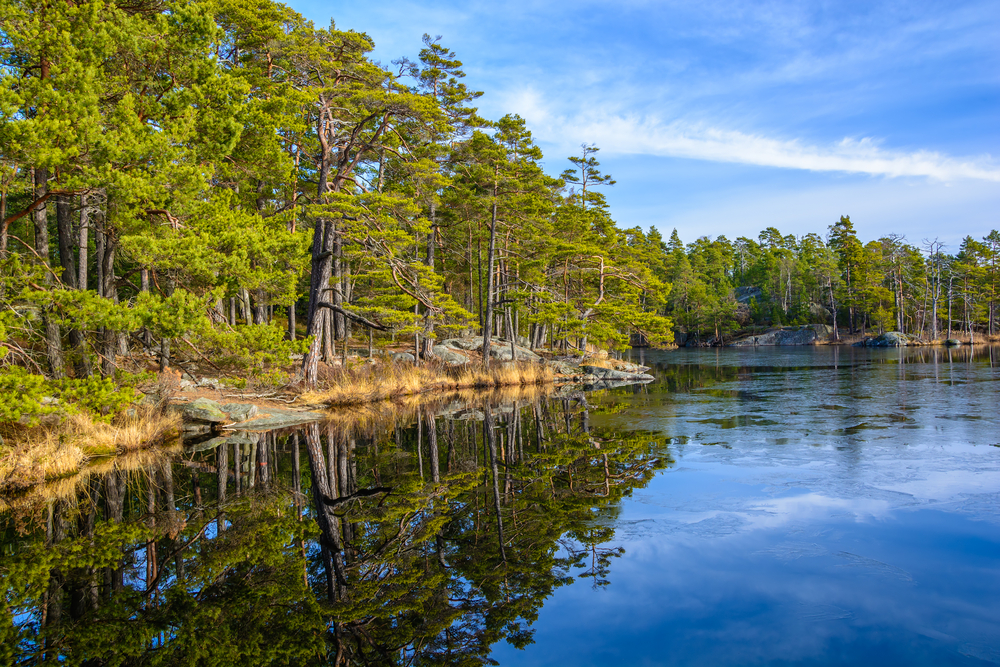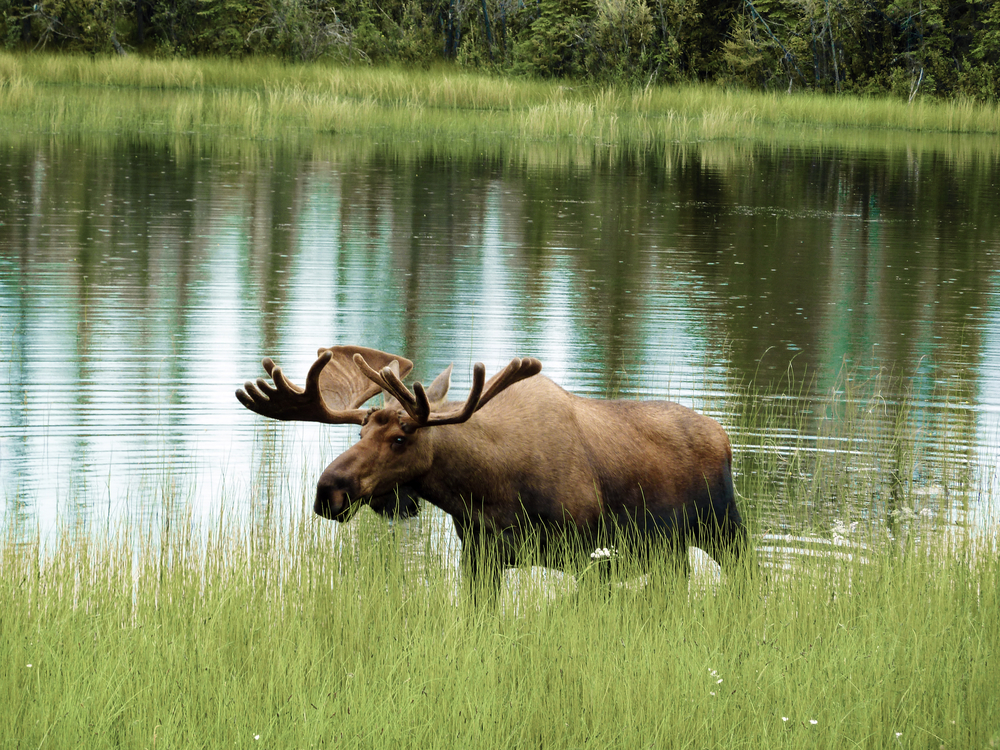Sweden, known for its pristine wilderness and breathtaking landscapes, is home to 30 national parks that showcase its diverse natural heritage. These parks protect an array of ecosystems, from Arctic tundra and boreal forests to vast wetlands and rugged coastlines. Sweden’s national parks are vital for conserving unique wildlife, such as moose, Arctic foxes, brown bears, and golden eagles, while also offering visitors an unparalleled opportunity to experience untouched nature.
Among Sweden’s most celebrated parks is Sarek National Park, located in the Arctic Circle within Swedish Lapland. Known as the “last true wilderness of Europe,” Sarek features dramatic peaks, glacial valleys, and rushing rivers. The park is a haven for experienced hikers and adventurers, offering challenging treks through remote terrain. Wildlife enthusiasts may spot reindeer and wolverines, and the park’s dark skies make it an excellent location for viewing the northern lights.
Abisko National Park, also in Swedish Lapland, is renowned for its stunning natural beauty and accessibility. The park is a gateway to the famous Kungsleden trail and offers spectacular views of Lake Torneträsk and the surrounding mountains. Abisko’s clear skies make it one of the best places in the world to witness the aurora borealis. Its diverse flora and fauna include Arctic plants and species like ptarmigans and lynxes, attracting nature lovers and photographers alike.
Stora Sjöfallet National Park, part of the Laponian Area UNESCO World Heritage Site, boasts a mix of alpine landscapes, ancient pine forests, and serene lakes. Known for the once-thundering waterfall that gave the park its name, Stora Sjöfallet is a place of immense beauty and cultural significance to the indigenous Sámi people, who have traditionally herded reindeer in the region.
In southern Sweden, Tiveden National Park offers a different kind of natural experience, with its dense, mystical forests, rocky terrain, and crystal-clear lakes. Visitors are drawn to its well-marked trails, perfect for hiking and exploring ancient legends tied to the park’s boulder-strewn landscapes. Wildlife such as roe deer, owls, and rare insects thrive in Tiveden’s old-growth forests.
Tyresta National Park, just outside Stockholm, is an accessible escape into nature, featuring untouched boreal forests and tranquil lakes. Its proximity to the capital makes it popular among locals and tourists seeking a quick retreat. Tyresta is a living example of forest regeneration, recovering beautifully from a major wildfire in 1999 and showcasing the resilience of nature.
Sweden faces conservation challenges, including the effects of climate change, which threaten Arctic habitats and species. However, the country is a global leader in sustainable practices and has made significant strides in habitat restoration and species protection. Programs to reintroduce predators like lynxes and wolves highlight Sweden’s commitment to preserving its natural ecosystems.
Sweden’s national parks are not just protected areas but gateways to understanding and appreciating the country’s natural wonders. They offer an invitation to explore pristine wilderness and contribute to the ongoing effort to safeguard the planet’s biodiversity.








































































